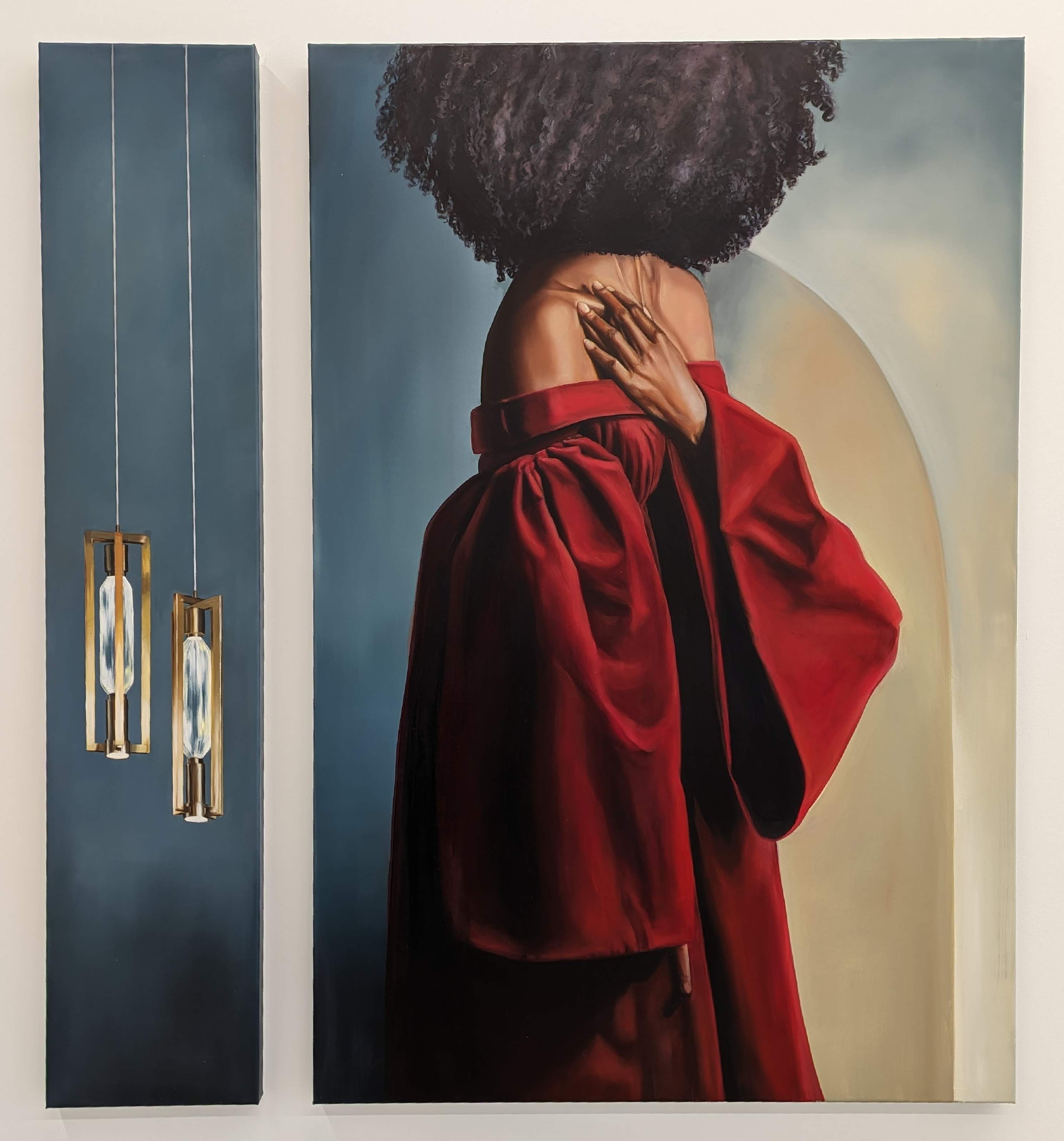When you’re in the middle of a move, adjusting to a new job, preparing for a drastic lifestyle change, and processing a new medical diagnosis… and then your favorite person dies.
Three weeks before that straw hit the camel’s back, I began listening to This Here Flesh by Cole Arthur Riley. On the front cover is a review by Ashley C. Ford. It reads, “This is the kind of book that makes you different when you’re done.” In hindsight, I wonder if it was placed there not as an invitation to embark on a journey, but rather as a notice that my life was about to change.
As I listened to Cole’s voice extrapolating, and dare I say testifying, on “spirituality, liberation, and the stories that make us,” I was struck by her musings on LAMENT. I rewound and relistened several times. Cole asserted that lament is evidence of hope. “Our hope can be only as deep as our lament is. And our lament as deep as our hope.” She explains that we would not lament if we did not have a sincere hope of a better reality. She also asserts that the positivity that people are oftentimes instructed to forge in place of lament is a denial of our physical and mental experience of the tragedies of life and earth. In this sense, lament inherently bears witness to divine glory.
So what is the body’s physical, tangible manifestation of lamentation?
The body wails:
“I don’t know if I’ve encountered better emotional truth-telling than when visiting Black churches. Black people of faith know how to wail… If there was any performance in it, it was the kind of art that is for healing and not for consumption… Black lament is something to behold. Some churches know how to shake the numbness from your flesh.”
I listened to this reimagining of lamentation as a physical embodiment of hope as I made preparations to sell all the physical comforts of my home. At this point, I had yet to shake the numbness.
“Sister June taught me how to grieve with my body,” says Cole. “She taught me how to feel the tears on my face and not wipe them away.”
I trecked back and forth to doctor visits trying to uncover why my body seemed to be screaming at me. There were no tears on my face, yet.
Cole says “there is no such thing as a lone wail.” She says that “when God bears witness to our lament we discover that we are… inviting God as a nurturer – a mother who hears her child crying in the night. She wakes, rises, and comes to the place where we lie. She rushes her holy warmth against our flesh and says, I’m here.”
When people ask me what I believe in, I always mention the company of my ancestors. Since I was a child, I’ve been consistently blessed with their companionship. For me, they are the God(s) that bear witness to my life, who surround me with their holy warmth.
But with everything going on, I had yet to wail.
When I heard the news, that news that Dede Aloh was gone, lament came without any effort at all. I got off the phone and, as if in a trance like state: I changed into comfortable clothes; I covered my hair; I turned on Igbo gospel music, loud enough to bother my neighbors and call on my ancestors; I got in my bed. Then, I wailed, I wailed like I don’t believe I ever have before. I wailed in the company of my ancestors and in harmony with the chorus shouting hopeful praises to God, I wailed.
“Your wails are worthy to be heard… it’s called healing.”
This is probably also a wailing of sorts, and I am healing. In all the ways and of all the things.
Hopefully signed,
Daa Aloh, N.A.


